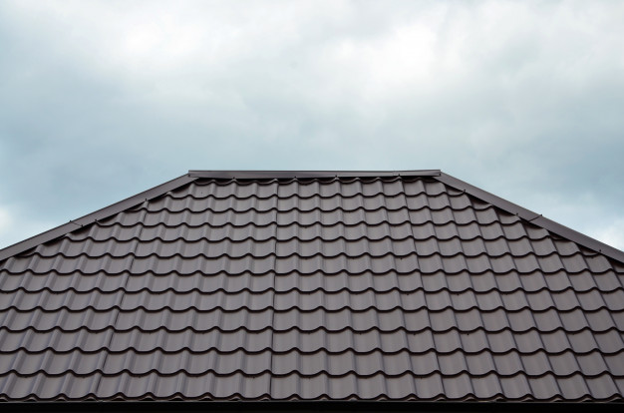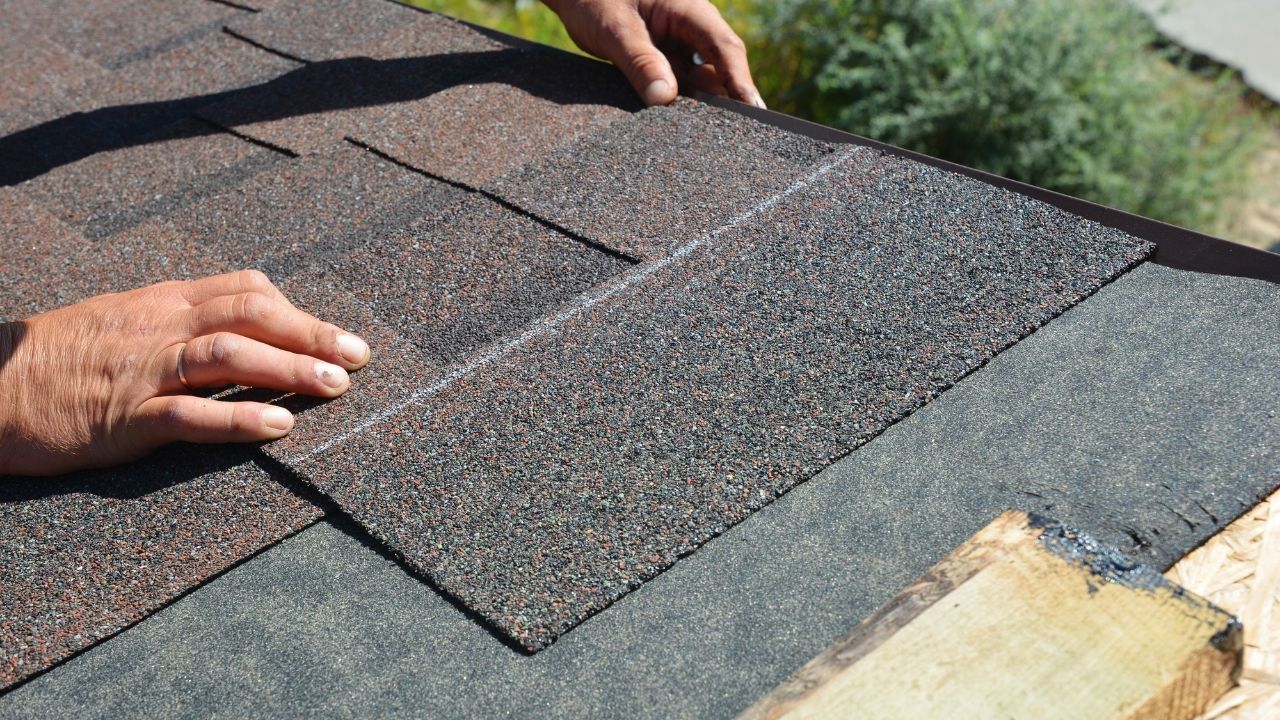
RhinoRoof underlayment for synthetic roofing is made by Owens-Corning. It is 12x more durable than traditional felt and almost impossible to tear with your hands. It won't wrinkle and it doesn't absorb water. Moreover, it is completely waterproof. It will not rot unlike other felt. RhinoRoofs, once installed, will last decades and are very durable.
RhinoRoof's U20 Underlayment protects your home from water and leaks. It is 12x stronger than #30 felt. This makes it ideal for most applications. This underlayment also lays flat and is completely resistant to mold. So, it is the perfect choice for roofing your van. It is compatible with Rhino Roofing Products. Rhino roof systems are best if you consult a roofing expert before buying one.
Rhino is the best option if you are looking to add a roof on your car. It is resistant to the weather and UV rays. You can chalk it just like felt. It also protects your roof deck against harmful UV rays for up to 60 days. Rhino is durable and easy to install. The fiber-grip walking surface provides an easy, safe surface and is eco-friendly compared to felt. #30 felt can be harmful to the environment and may leach oil into ground.

Rhino offers a wide range of roof racks for your van. It is made of anodized aluminium, making it lightweight, anti-corrosive, and strong. Rhino also produces modular racks and roof racks. You can purchase a complete roof rack system that includes everything needed for a successful install. It can accommodate different loads.
Rhino Roof Racks make a great choice for your car. You can choose from a variety of features including roof storage and integrated roof racks. Rhino Racks can also be equipped with accessories that are great to add to your vehicle. These racks can make it easy to transport your items, and they also protect your rhino's ears from rain. It has a roof that allows you to store your motorcycle in style.
FAQ
Should you do floors or walls first?
The best way of starting any project is to determine what you want. It's important to think about how you are going to use the space, who will use it and why they need it. This will help determine if flooring or wall coverings are best.
You might choose to first install flooring if your goal is to create an open concept kitchen/living area. If you have chosen to make this room private then you could opt for wall coverings instead.
Is it possible to live in a house that is being renovated?
Yes, I can live inside a house while I renovate it.
Can you live in a house while renovations are going on? It depends on the length of the construction. If the renovation process takes less than 2 months, then your home can be lived in while it's being renovated. If the renovation takes longer than two weeks, however, you can't live in your home during the construction.
The reason why you should not live in your home when there is a major construction project going on is because you might get hurt or even killed due to falling objects from the building site. There is also the possibility of dust and noise pollution from the heavy machinery at the job site.
This is especially true when you live in a multistory house. If this happens, the sound and vibration caused by the construction workers can cause significant damage to your home and contents.
You'll also need to cope with the inconvenience of living in temporary housing while your house is being renovated. This means you won’t have the same amenities as your own home.
As an example, your washer and dryer will be out of commission while they are being repaired. In addition to the unpleasant smells of chemicals and paint fumes, you will have to endure the noises made by workers.
All these things can lead to anxiety and stress in your family. You should plan ahead to avoid feeling overwhelmed by this situation.
When you decide to start renovating your home, it is best to do some research first so that you can avoid making costly mistakes along the way.
It is also advisable to seek professional assistance from a reputable contractor so that you can ensure that everything goes smoothly.
What should I do before renovating a home?
You must first clear out the clutter outside and inside your home. Next, remove moldy spots, replace damaged walls, fix leaky pipes, and paint the whole interior. Finally, you will need to wash the exterior surfaces clean and paint.
What is the average time it takes to renovate a house?
It depends on the size of the project and the amount of time that you spend each day. An average homeowner will spend three to six hours a week on the project.
What should I look for when buying a home?
Before purchasing a new home, make sure that you have enough money saved up to cover closing costs. If you don't have enough cash on hand, then you might want to think about refinancing your mortgage.
How should house renovations be ordered?
When renovating your home, the first thing to do is decide where everything should go. You should consider how you want to market your home to potential buyers if you are planning to sell your house soon. The next step is to plan the layout of your living, kitchen, and bathroom. Once you have determined which rooms you want, you need to begin looking for contractors that specialize in them. Once you have hired a contractor you can begin work on your renovation project.
Statistics
- A final payment of, say, 5% to 10% will be due when the space is livable and usable (your contract probably will say "substantial completion"). (kiplinger.com)
- Rather, allot 10% to 15% for a contingency fund to pay for unexpected construction issues. (kiplinger.com)
- They'll usually lend up to 90% of your home's "as-completed" value, but no more than $424,100 in most locales or $636,150 in high-cost areas. (kiplinger.com)
- Most lenders will lend you up to 75% or 80% of the appraised value of your home, but some will go higher. (kiplinger.com)
- The average fixed rate for a home-equity loan was recently 5.27%, and the average variable rate for a HELOC was 5.49%, according to Bankrate.com. (kiplinger.com)
External Links
How To
How do I plan a whole-house remodel?
It takes careful planning and research to plan a complete house remodel. Before you even start your project there are many important things that you need to take into consideration. First, you must decide what type of home improvement you want. There are many categories that you could choose from: kitchen, bathroom or bedroom; living room or dining room. Once you have decided which category you wish to work in, you will need to determine how much money you have to spend on your project. If you are new to working in homes, budget at least $5,000 for each room. If you have some previous experience, you may be capable of getting away with a lower amount.
Once you've determined the amount of money you can spend, you need to decide how large a job you want. If your budget only allows for a small renovation of your kitchen, you will be unable to paint the walls, replace the flooring or install countertops. On the other side, if your budget allows for a full renovation of your kitchen, you'll be able do just about any task.
Next, find a contractor who is skilled in the type and scope of work you wish to undertake. This way, you'll be guaranteed quality results and you'll save yourself a lot of headaches later on down the road. Once you have found a reliable contractor, it is time to start gathering supplies and materials. It depends on how large your project is, you might need to buy everything made from scratch. You shouldn't have any trouble finding the right item in pre-made stores.
After you've gathered all the supplies you need, it's time to begin making plans. To begin, draw a sketch of where you would like to place furniture or appliances. Next, design the layout of your rooms. You should leave enough space for electrical outlets and plumbing. Also, try to put the most used areas near the front door so that visitors can easily access them. The final step in your design is to choose colors and finishes. Avoid spending too much on your design by sticking to simple, neutral colors and designs.
Once you have completed your plan, it is time to begin building. Before you start building, check your local codes. While some cities require permits, others allow homeowners to construct without them. Before you can begin construction, remove any walls and floors. Next, you'll need to lay plywood sheets in order to protect your new floors. You will then attach or nail pieces of wood together to make the cabinet frame. The frame will be completed when doors and windows are attached.
There will be some finishing touches after you are done. You might want to cover exposed pipes or wires. This can be done with plastic sheeting and tape. It's also a good idea to hang mirrors and photos. Be sure to tidy up your work space at all costs.
You'll have a functional home that looks amazing and is cost-effective if you follow these steps. Now that you have a basic understanding of how to plan a house remodel, it's time to get started.